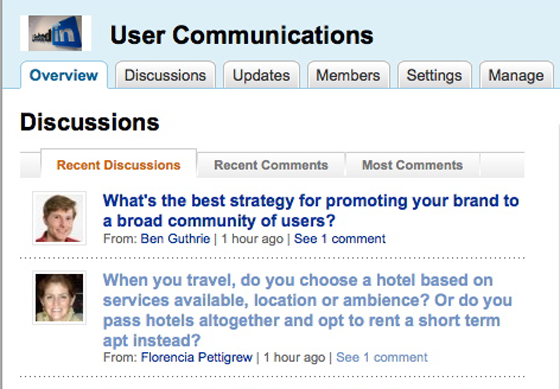The social-networking strategy that took an obscure senator to the doors of the White House.
By David Talbot
Web Jockey: Jascha Franklin-Hodge, the 29-year-old cofounder and chief technology officer of Blue State Digital, the company behind Obama’s social technologies, says that “on every metric, this campaign has operated on a scale that has exceeded what was done before.” Beyond fund-raising, the Web tools enabled event planning, phone banks, and targeted e-mailing.
Credit: Porter Gifford

Jascha Franklin-Hodge talks about his company’s work with Barack Obama’s online social network. 
View photos of parties organized through Obama’s social-networking site. Joe Trippi, Howard Dean's 2004 presidential campaign manager and Internet impresario, describes Super Tuesday II--the March 4 primaries in Texas, Ohio, Vermont, and Rhode Island--as the moment Barack Obama used social tech nology to decisive effect. The day's largest hoard of dele gates would be contested in Texas, where a strong showing would require exceptional discipline and voter-education efforts. In Texas, Democrats vote first at the polls and then, if they choose, again at caucuses after the polls close. The caucuses award one-third of the Democratic delegates.
Hillary Clinton's camp had about 20,000 volunteers at work in Texas. But in an e-mail, Trippi learned that 104,000 Texans had joined Obama's social- networking site, www.my.barackobama.com, known as MyBO. MyBO and the main Obama site had already logged their share of achievements, particularly in helping rake in cash. The month before, the freshman senator from Illinois had set a record in American politics by garnering $55 million in donations in a single month. In Texas, MyBO also gave the Obama team the instant capacity to wage fully networked campaign warfare. After seeing the volunteer numbers, Trippi says, "I remember saying, 'Game, match--it's over.'"
The Obama campaign could get marching orders to the Texans registered with MyBO with minimal effort. The MyBO databases could slice and dice lists of volunteers by geographic micro region and pair people with appropriate tasks, including prepping nearby voters on caucus procedure. "You could go online and download the names, addresses, and phone numbers of 100 people in your neighborhood to get out and vote--or the 40 people on your block who were undecided," Trippi says. "'Here is the leaflet: print it out and get it to them.' It was you, at your computer, in your house, printing and downloading. They did it all very well." Clinton won the Texas primary vote 51 to 47 percent. But Obama's people, following their MyBO playbook, so overwhelmed the chaotic, crowded caucuses that he scored an overall victory in the Texas delegate count, 99 to 94. His showing nearly canceled out Clinton's win that day in Ohio. Clinton lost her last major opportunity to stop the Obama juggernaut. "In 1992, Carville said, 'It's the economy, stupid,'" Trippi says, recalling the exhortation of Bill Clinton's campaign manager, James Carville. "This year, it was the network, stupid!"...

Forrester: The shift will help TV remain the dominant advertising medium.
Forrester lays out a decade-long evolution that will ultimately result in most programming delivered on-demand with targeted ad messages based on location and behavior, along with community functions.
This "Personal TV," as Forrester calls it, would also deliver a Web-like experience for consumers, with a portal-like menu of programming options and search functions.
Forrester sees this shift giving TV an opportunity to remain the dominant ad medium it is today. While a personalized offering would seem geared toward further audience fragmentation, Forrester anticipates systems that would allow advertisers to reach mass audiences in a targeted manner. What's more, cable companies, with subscribers' billing histories, know more about users than Web companies. Ultimately, TV will work like the Web, enabling viewers to interact with ads up to the point of purchase.
"The players here are the people who own the popular programs and then the distributors who have digital systems capable of serving programs into set top boxes," said David Graves, the report's author.
That hasn't stopped Web giants such as Google and Microsoft from trying to break into the medium and extend their reach across TV advertising. Google is placing ads through Echostar's Dish Network and Microsoft has plans to build an ad network after buying Navic Networks.
In the near term, Forrester expects experimentation in video on-demand offerings by cable companies, like CBS's CSI on Comcast that includes ads that cannot be skipped.
Forrester predicts that in 2010, targeting and on-demand programming systems will be up and running, before the big industry-wide shift takes place from 2012-18.
What's taken so long? Forrester spreads the blame across the TV landscape. Cable companies didn't build-out video on-demand as an ad-supported platform, networks protected the lucrative status quo and agencies didn't push for innovation.
















